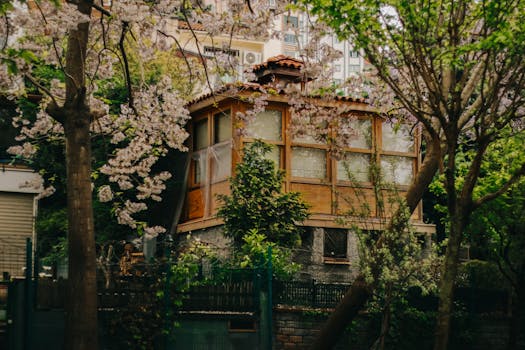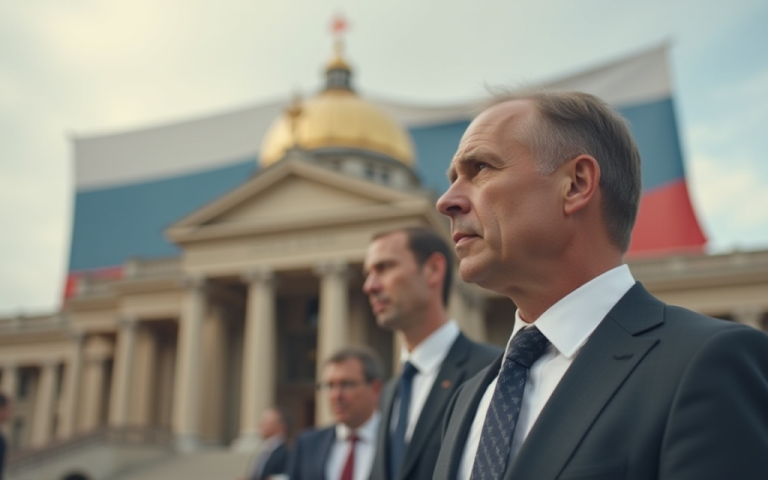
Urban Green Spaces: The Future of Outdoor Living in European Cities by 2025
Urban Green Spaces are becoming increasingly important in European cities, and for good reason. As the world becomes more urbanized, the need for green spaces in cities is growing. Urban Green Spaces are not just aesthetically pleasing, but they also provide numerous benefits for the environment, public health, and the economy. In this article, we will explore the future of outdoor living in European cities and the role that urban green spaces will play in it.
What are Urban Green Spaces?
Urban green spaces refer to any area in a city that is covered in vegetation, such as parks, gardens, green roofs, and green walls. These spaces can be public or private and can range in size from small gardens to large parks. Urban green spaces are important because they provide a range of ecosystem services, including air and water filtration, climate regulation, and habitat creation.
Benefits of Urban Green Spaces
Urban green spaces have numerous benefits, including:
- Improved air quality: Urban green spaces can help to remove pollutants from the air, improving air quality and public health.
- Climate regulation: Urban green spaces can help to regulate the climate by providing shade, cooling the air through evapotranspiration, and reducing the urban heat island effect.
- Improved mental health: Urban green spaces can have a positive impact on mental health, reducing stress and anxiety and improving mood.
- Increased biodiversity: Urban green spaces can provide habitat for a range of plant and animal species, increasing biodiversity and supporting ecosystem services.
- Economic benefits: Urban green spaces can increase property values, attract businesses and tourism, and create jobs.
Future of Outdoor Living in European Cities
By 2025, European cities are expected to be even more urbanized, with a growing population and increasing pressure on urban infrastructure. However, this also presents an opportunity to create more sustainable, green, and livable cities. Urban green spaces will play a critical role in this, providing numerous benefits for the environment, public health, and the economy.
In the future, we can expect to see more urban green spaces being created, including green roofs, green walls, and urban parks. These spaces will be designed to be sustainable, resilient, and adaptable to the changing climate. They will also be designed to meet the needs of a growing and diverse population, providing spaces for recreation, socialization, and community building.
Case Studies
There are many examples of urban green spaces in European cities that are already making a positive impact. For example:
- The High Line in London: An elevated park built on an old rail line, providing a green space for recreation and socialization.
- The Park de la Villette in Paris: A large urban park that provides a range of ecosystem services, including air and water filtration, and habitat creation.
- The Green Roof in Copenhagen: A green roof that provides insulation, reduces stormwater runoff, and creates habitat for wildlife.
Conclusion
In conclusion, urban green spaces are becoming increasingly important in European cities, and will play a critical role in shaping the future of outdoor living by 2025. They provide numerous benefits for the environment, public health, and the economy, and will be essential for creating sustainable, green, and livable cities. As we look to the future, it is essential that we prioritize the creation and maintenance of urban green spaces, and work to ensure that they are sustainable, resilient, and adaptable to the changing climate.





